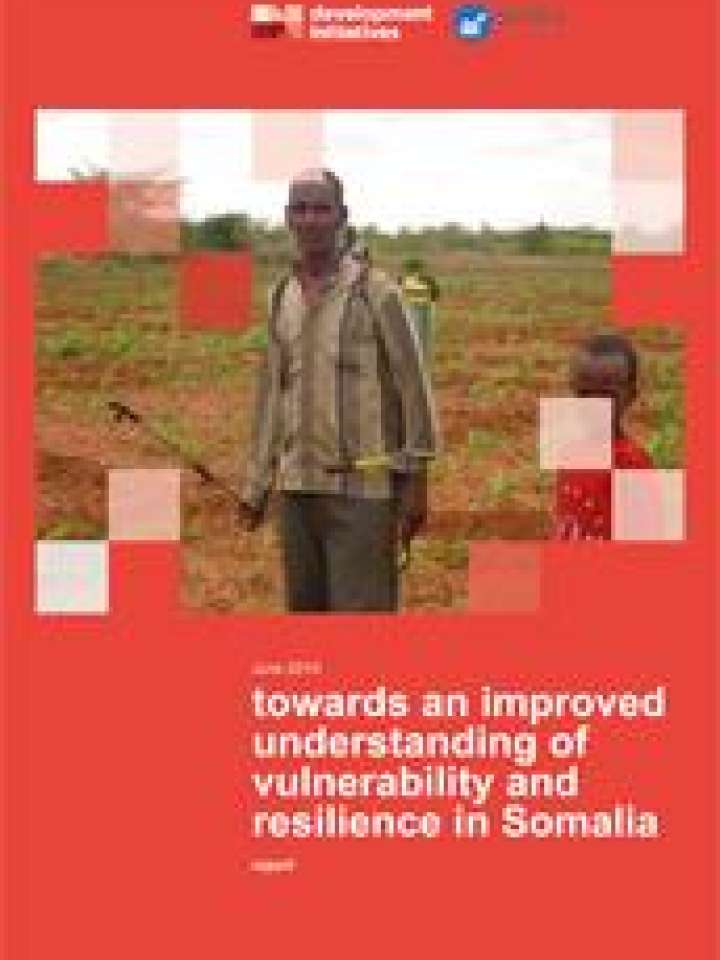Towards an improved understanding of vulnerability and resilience in Somalia
The 2011 famine and 2016 severe drought conditions in Somalia drew the attention of development actors to issues and options for addressing recurrent shocks and the roles that different people can play. This paper summarises the key lessons drawn from a study that examined how different people responded to and survived the recurrent shocks during the 2011–2016 period; the drivers of marginalisation or exclusion and how these are maintained; the influence that external actors had on the coping strategies used by different communities; and the apparent effectiveness of chosen strategies. The study sought to understand how livelihood and coping strategies are changing as a result of the frequency and severity of local conditions in Somalia, and local community perspectives on vulnerability and livelihood objectives. It also explored how access to aid and other external resources influenced livelihood and coping strategies, and how local communities’ resilience and livelihood strategies related to the objectives and practices of humanitarian agencies.
As well as lessons learnt from the 2011 and 2016 crises, the reports makes recommendations for:
- humanitarian agencies, donors and other international actors,
- local NGOs,
- academic and research institutions,
- the diaspora community,
- and private sector actors.
Explore further
